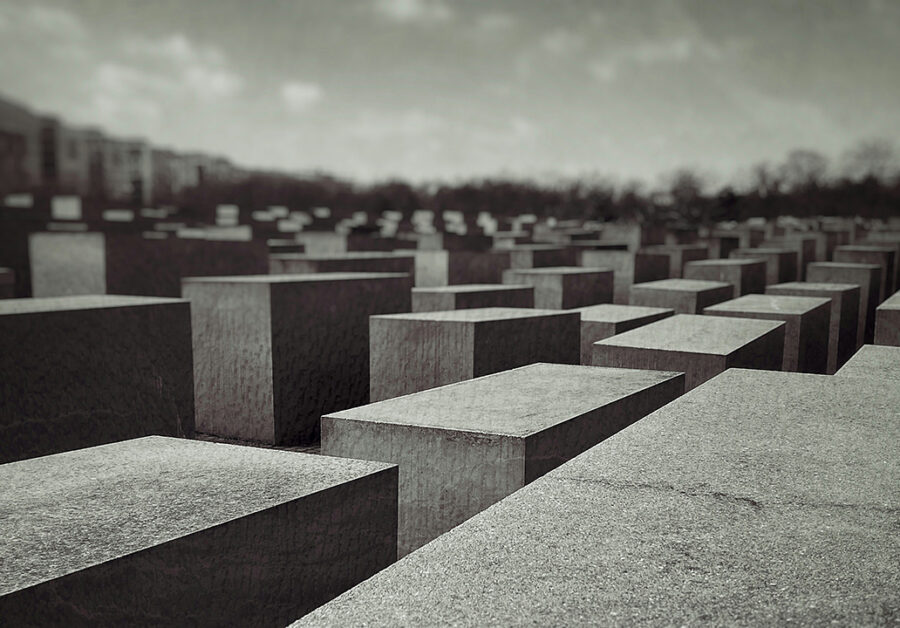In the midst of a six hour train ride through the heart of Germany, I opened a new document with bleary eyes. While the framework of this blog was already in my mind, the general weariness of travel and the easy distractions of free Wi-Fi were sapping my focus. We were four days into an 8-day international practicum focused on the history and faith of Germany, and my mind contemplated succumbing to the temptation to rest.
An innocuous glance to my right served to sharpen my thoughts. The student across the aisle had pulled out their sketchbook, and I believed that I already recognized the image being carefully crafted. With strokes of a borrowed ballpoint pen, the hanging block and long white barracks of Sachsenhausen Concentration Camp found form on the page. As they finished the shading they began to write, and long cursive paragraphs soon comprised thick borders on the top and bottom of the reconstructed camp.
It was only the day prior that our group visited Sachsenhausen on the north end of Berlin’s municipal railway system. On a seemingly fitting gray-skied and rainy morning we moved through the memorialized camp, observing firsthand the implements and structures of intentional and precise dehumanization, torture, and murder. To paraphrase the later reflections of another student, what we read and saw simply could not be rationalized, despite their best efforts.
Our conversations these past few days, both formal and informal, attest to the value of experiential learning. The students on this trip (seniors aged 16-18) have all studied World War II, the rise of the Nazi party, and the Holocaust. But the irreplaceable value of learning experiences are through the manner in which they supplement the classroom. After I took a three week long class in Israel during college, I returned to the States with a mentally-illustrated Bible that allowed me to examine its stories in a new light. The David and Goliath narrative simply reads differently when you’ve stood on the ledge over the Valley of Elah.
This is what Practicum Experiences can do for our 7th-12th grade students. Academic practicums add detail and depth to the classroom, AWE practicums stimulate a hands-on education in the world God has created, and Advocacy practicums add legs to the virtues we so strenuously attempt to integrate into our lesson plans. This is the reasoning behind our efforts to send students to Honduras, North Denver, Utah, New York City, the foothills, and Germany. Through these experiences, we hope that our students cultivate character, deepen learning, and grow in understanding.
Perhaps the best pairing with a tour of Sachsenhausen Concentration Camp was our visit to the Memorial to the Murdered Jews of Europe in downtown Berlin. As our tour guide, Glen, remarked, there is likely no perfect way to memorialize the intentional eradication of over 6 million Jews. The Jewish artist who created this memorial, however, did construct his work as a commentary on this disturbing precision. The long, dark stone boxes that fill the memorial square are irregular and erratic – almost haphazardly measured – and reach their tallest height at the disorienting center. It is as if an act so carefully organized could only be protested, remembered, and decried with a purposeful lack of symmetry. It is a contrast that I will not soon forget, nor, I believe, will the 12 students who walked with me through the standing stones.






[…] to appreciate the wonder and beauty God has placed around us. A few weeks ago, Mr. Gehr wrote a blog entry about the value of taking students to Germany to process WWII and what makes a people. And I know that right now, FRCS students are doing ministry and outreach down on […]